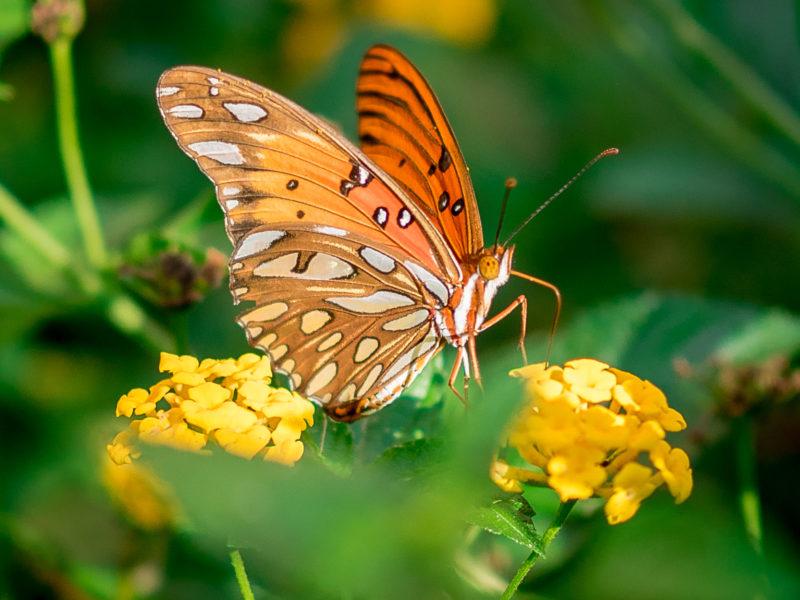Recently, there has been an abundance of butterflies in San Antonio and on campus. These increased sightings have led students and faculty to question the cause of the influx and how long it will last.
An invasion of this scale hasn’t been recorded in south Texas since 2012.
The butterflies are known as snout butterflies because of their long, trunk-like noses and have come to San Antonio from overpopulated, resource-exhausted areas in search for both mates and food.
The butterflies are following no particular path. They move in masses in many directions in order to find the resources they need.
Kelly Lyons, biology professor, explained how the movement is different from what is usually considered a migration.
“It’s not a migration; people think it’s a migration. If anything, it’s just mass groups moving from one place to another, so as resources deplete in one area, the population will move to another area in search of more resources,” Lyons said.
The butterflies are in search of their main food source, the hackberry tree. The butterflies also eat the nectar from the flowers of the aster, dogwood, dogbane, goldenrod and sweet pepperbush plants.
Though the butterflies ultimately remove all of the leaves from the trees, the trees are able to replenish the leaves.
“It’s amazing what plants can put up with,” Lyons said.
These butterflies are attracted to the abundance of hackberry trees and their leaves that sprout after late summer rains followed by dry spells. The rain diminishes the snout butterflies’ predators and allows them to reproduce with more easily.
“They go through boom-and-bust cycles. When we have a late, wet summer, there are plenty of resources for them in these hackberries. They have this big population growth,” Lyons said.
The butterflies have caused issues with students. Some students reported dirty windshields and bumpers from driving through the masses of butterflies, and others said they have had butterflies fly into them while walking around on campus and other locations in San Antonio.
“They’re everywhere, and they keep running into windshields and causing stains,” said first year Delia Rogers.
The butterflies have been seen off campus as well. First year Ian Pugh and a group of friends were bombarded by the winged insects on a trip off campus.
“In the Target parking lot, we got swarmed with them “” it was so bizarre,” Pugh said.
Though the large number of butterflies has become a nuisance for students who drive, they have created fewer problems for those walking around campus. Despite the annoyance, first year Abigail Bowen is beginning to appreciate their beauty and presence.
“I’d be driving around, and they’re literally everywhere,” Bowen said. “I woke up from a nap, and there were hundreds of them on my window, and it was beautiful.”
First year Emily Bourgeois can also see both sides to the butterflies presence on campus.
“I’m not a big fan of the fact that they fly at my face while I’m walking to class and trying to focus, but I like butterflies. I think they’re beautiful,” Bourgeois said.
Some students have not noticed the seemingly ubiquitous butterflies. Even students who drive reported not realizing the large number of butterflies.
“I didn’t really notice them. I guess I just haven’t been the places they’ve been,” said junior Chris Nkinthorn.
These butterflies only fly through south Texas when the conditions are ideal. As they exhaust the resources available in San Antonio, sightings of butterflies will begin to dwindle.
The butterflies are headed towards the Rio Grande River area. Their numbers are expected to decrease in the San Antonio area in the coming days.







